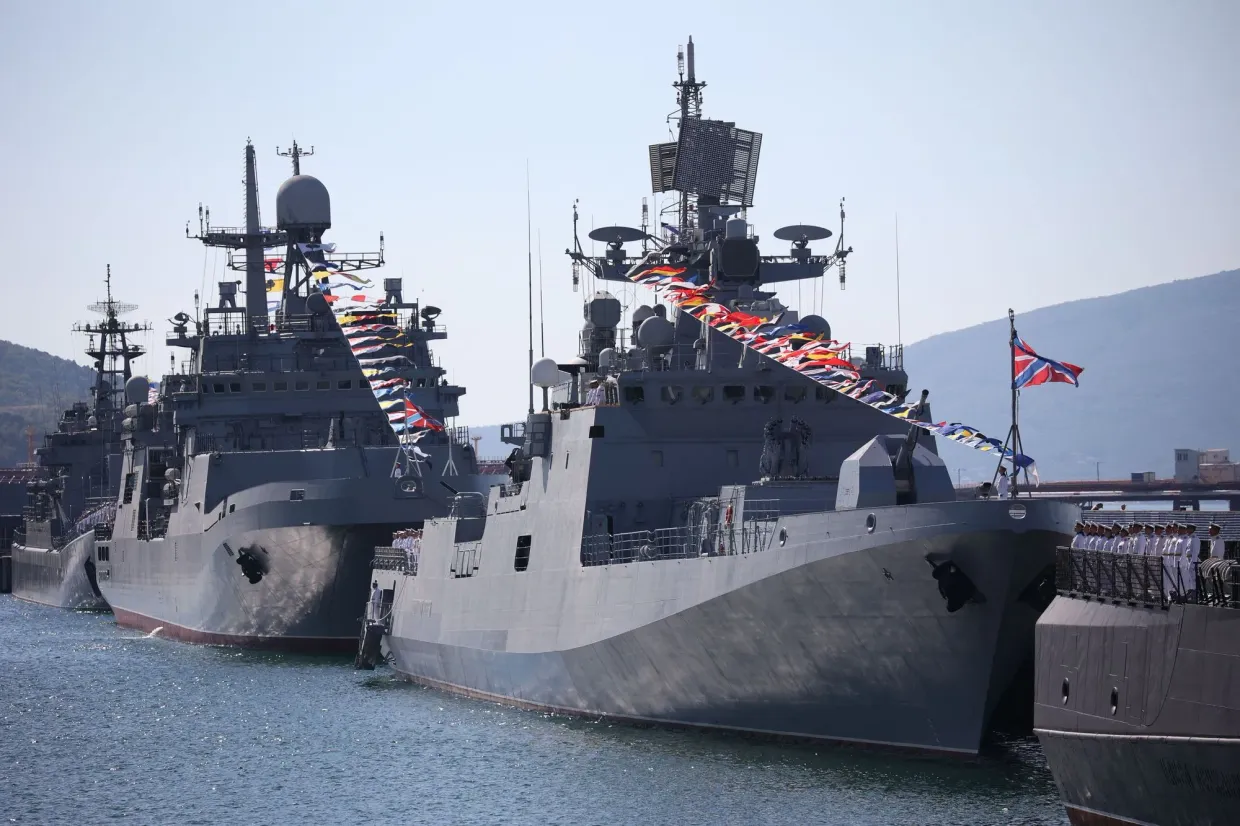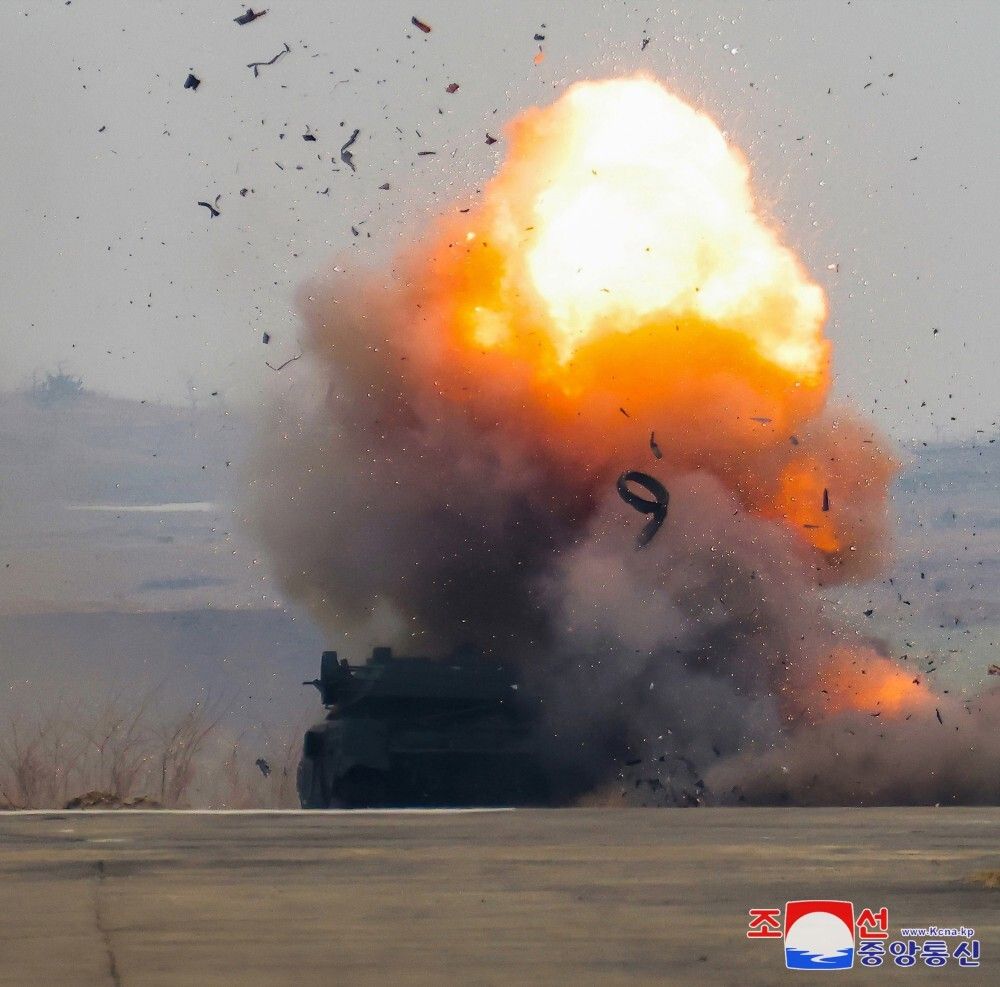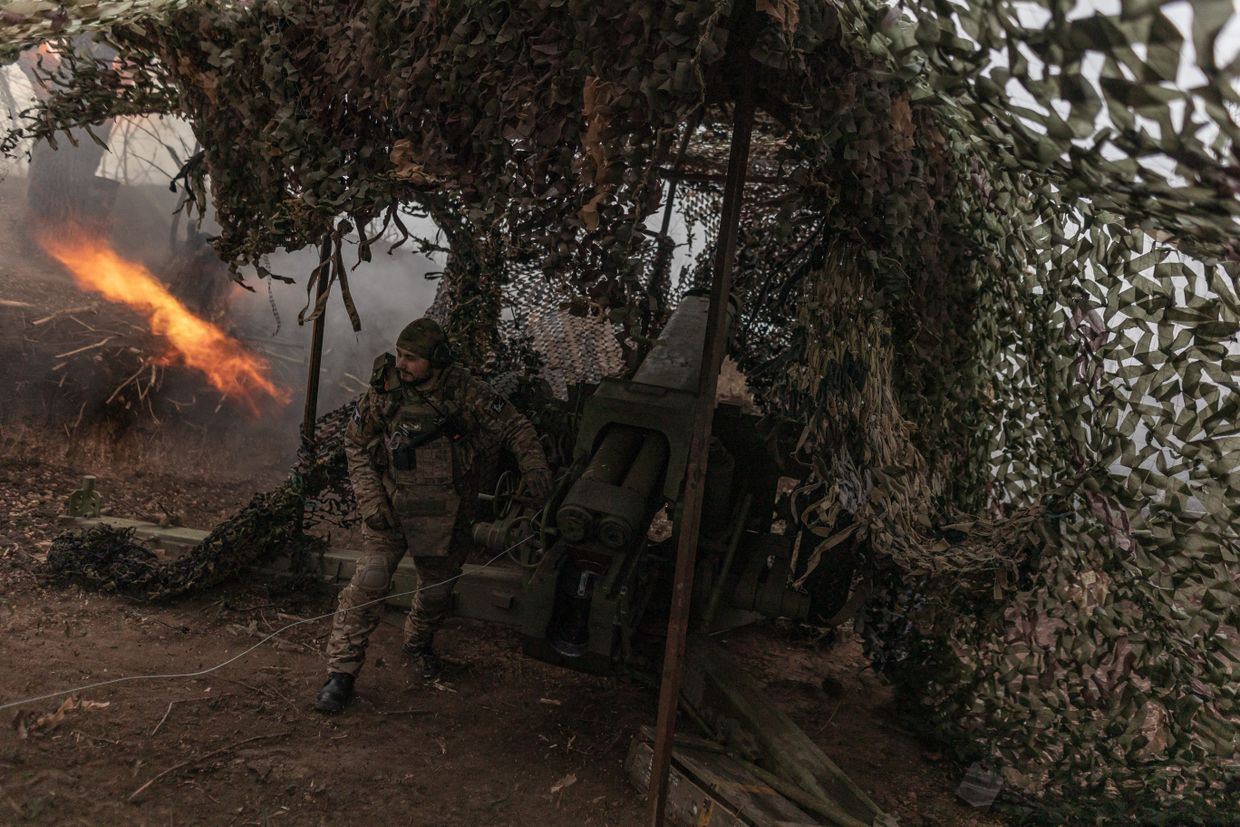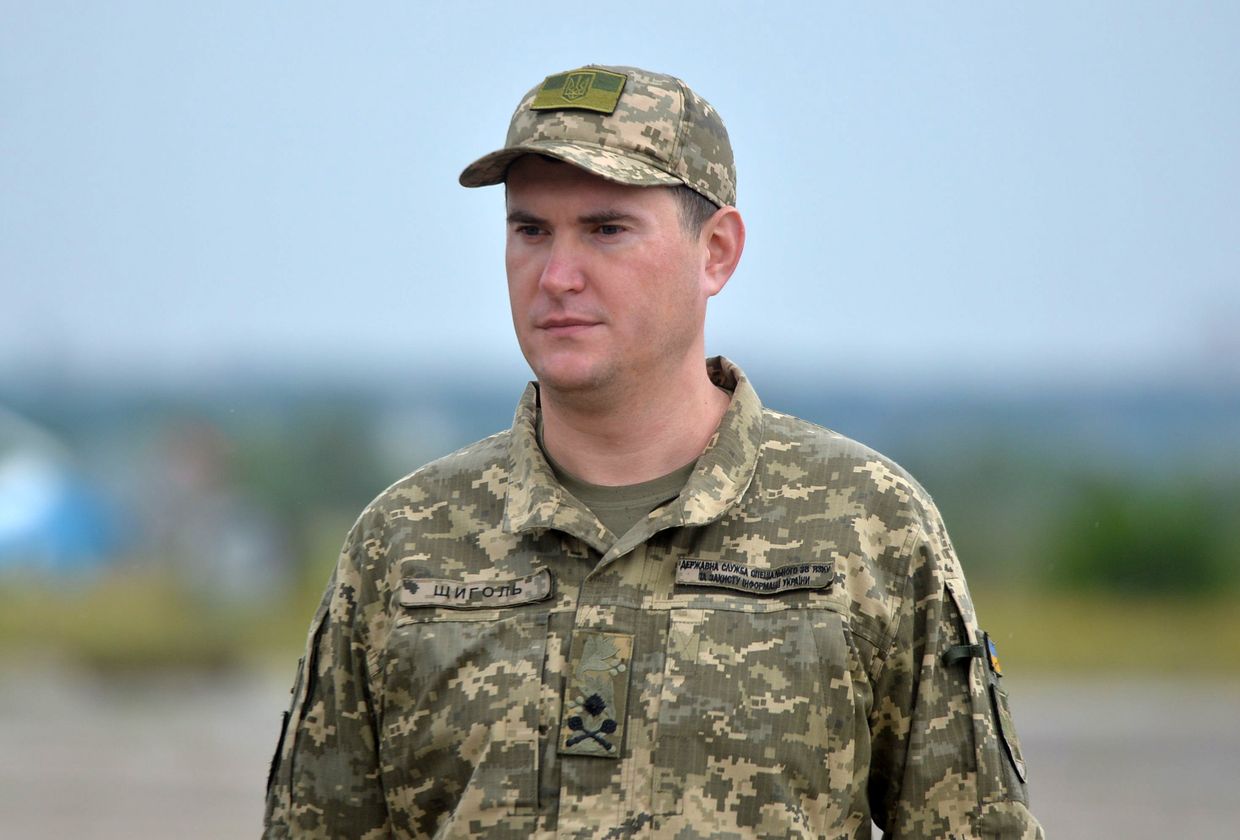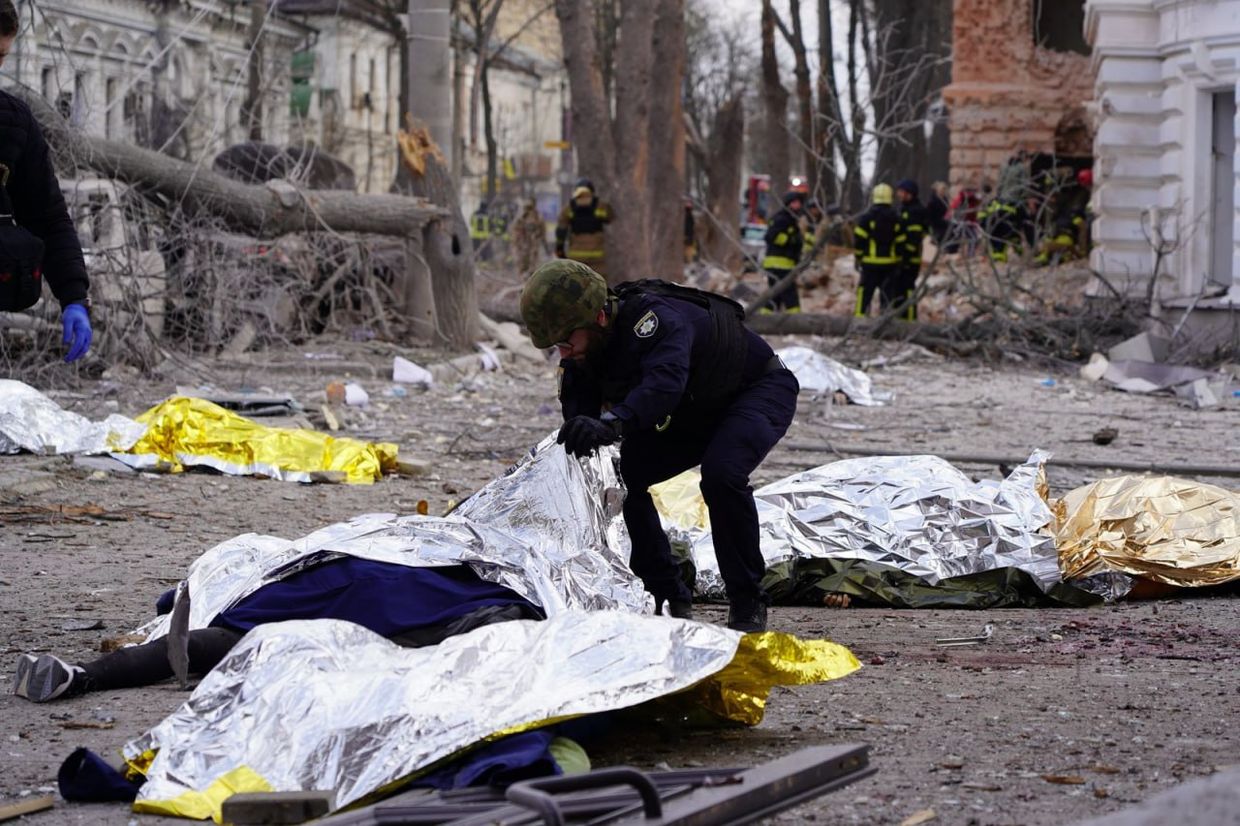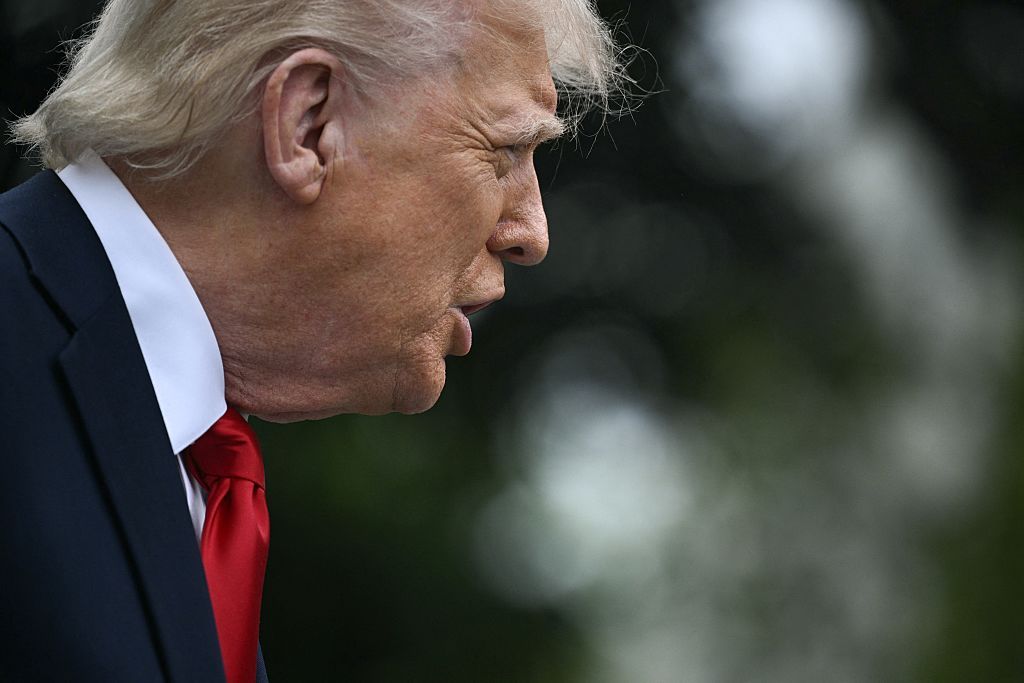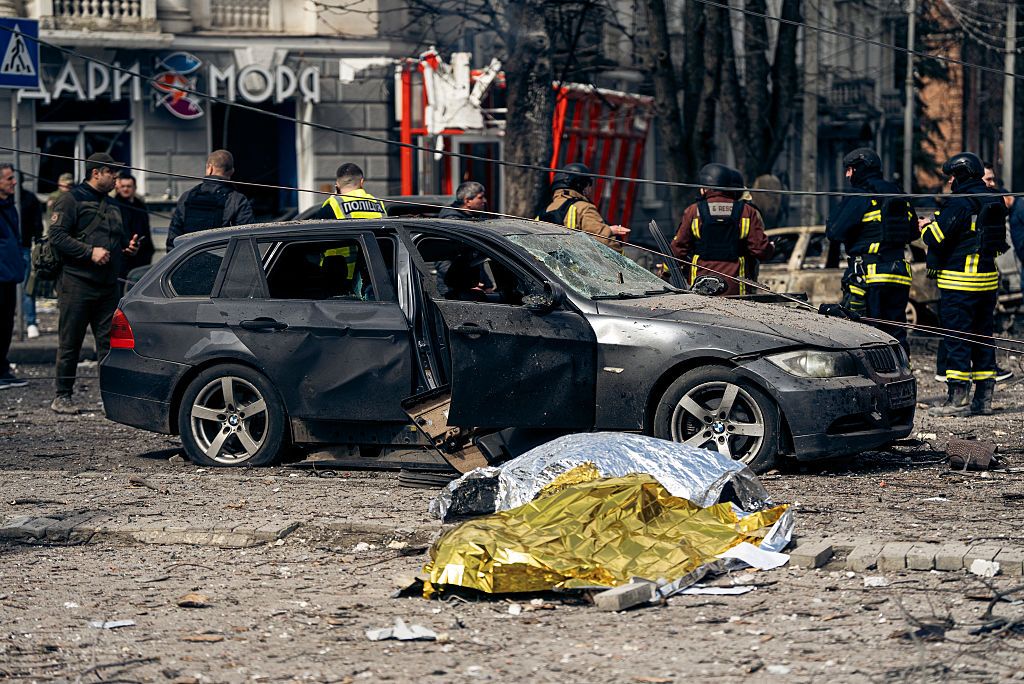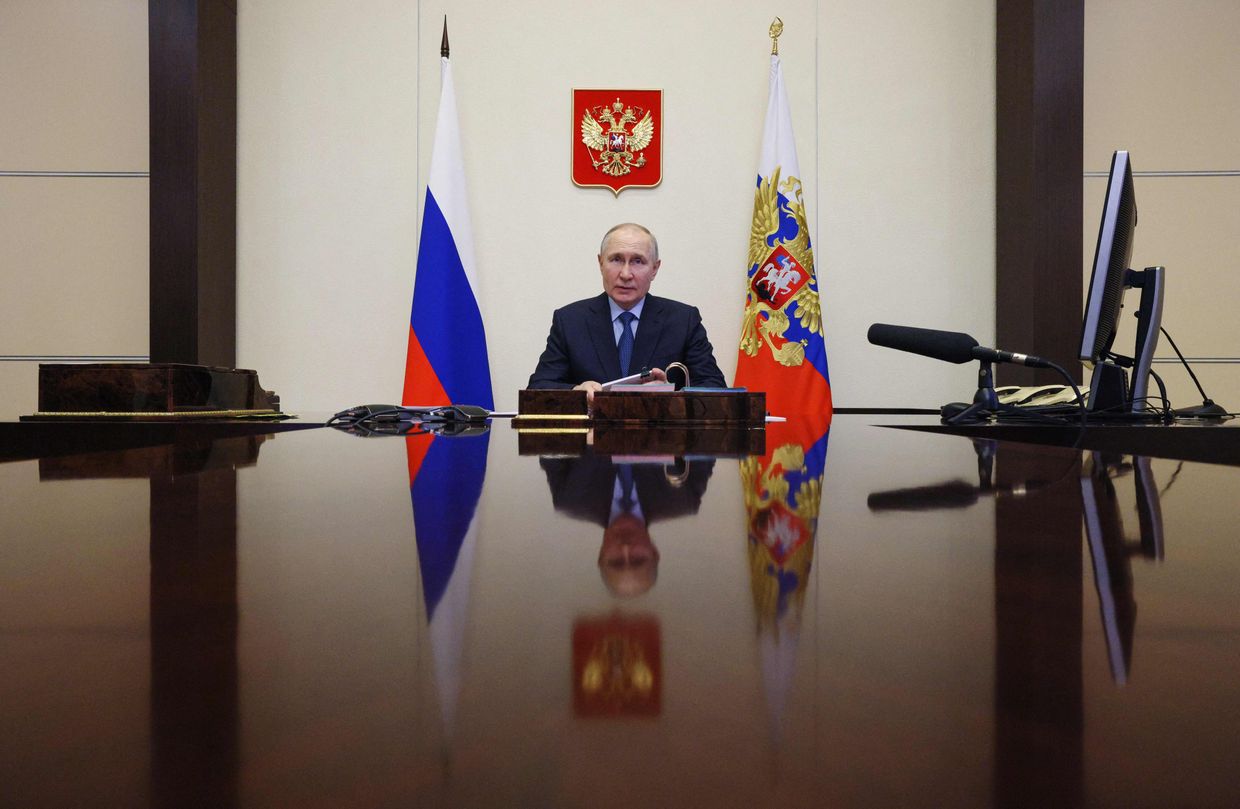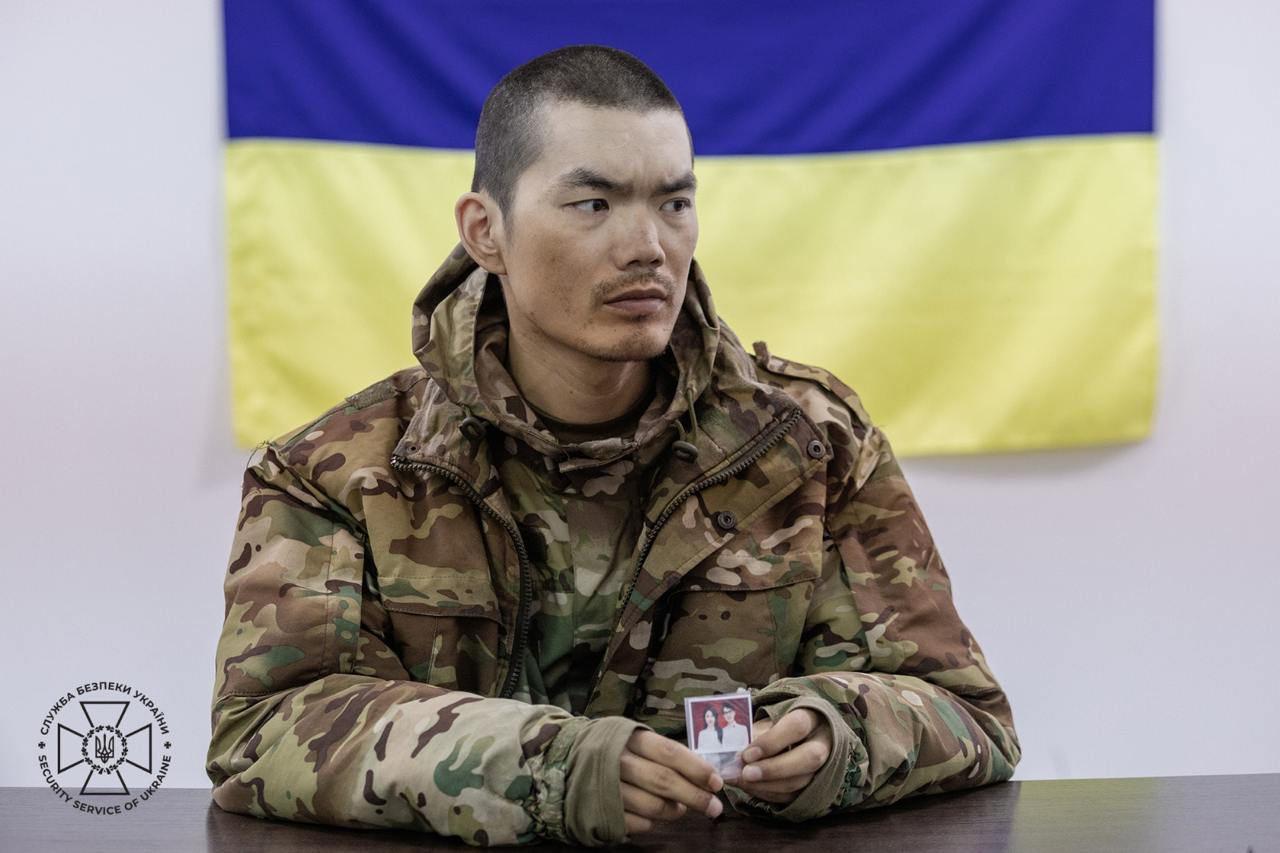North Korea has showcased what it claims is its first artificial intelligence (AI)-powered suicide drone, as well as its first airborne early-warning radar system, North Korean state media reported on March 27.
The state-run Korean Central News Agency (KCNA) released images of the drones and aircraft, and said North Korean leader Kim Jong Un personally inspected them and provided guidance to military officials.
"The field of unmanned equipment and artificial intelligence should be top-prioritized and developed in modernizing the armed forces," Kim said.
Airborne radar systems detect enemy aircraft, ships, and missiles, enhancing defensive and offensive capabilities. AI-equipped drones can loiter in the airspace and autonomously detect targets.
KCNA released photographs purporting to show the testing of the drone, two of which showed it flying into a tank-shaped object and then exploding.
It is also the first time nuclear-armed North Korea officially unveiled an airborne early warning aircraft, which could improve its outdated air defense systems.
According to a report published in September 2024 by the International Institute for Strategic Studies (IISS), North Korea has been modifying Russian-supplied aircraft into airborne radar platforms.
Such an aircraft would complement North Korea's existing ground-based radar systems, which can be hindered by the peninsula's mountainous terrain, the IISS said.
North Korea has emerged as a key military ally of Russia, supplying Moscow with artillery shells, missiles, and even soldiers in exchange for oil products and advanced rocket technology.
Pyongyang is believed to have dispatched over 10,000 troops to aid Russia's war, with the first clashes with Ukrainian forces reported in Kursk Oblast.
Officials estimate that up to 12,000 North Korean troops have been deployed to Russia's Kursk Oblast since last fall to counter Ukraine's cross-border incursion launched in August 2024.
President Volodymyr Zelensky previously reported that North Korean forces fighting for Russia had suffered 4,000 casualties, with two-thirds of the losses being soldiers killed.
